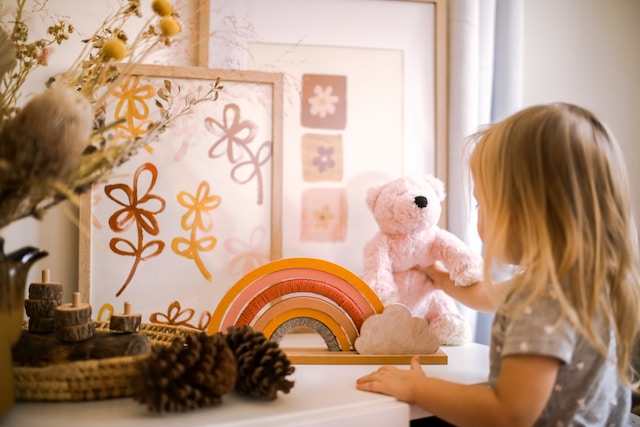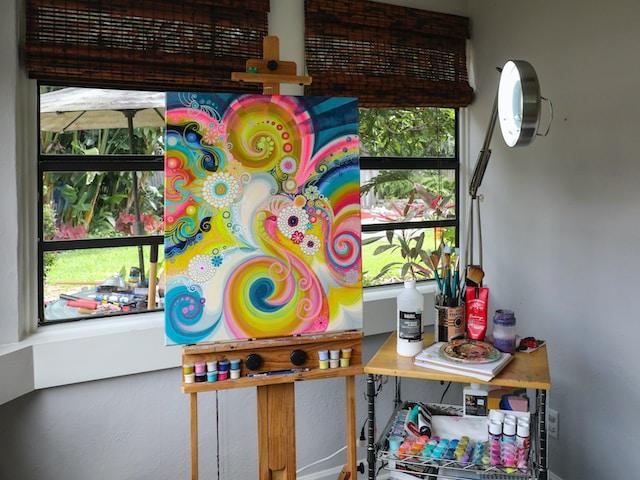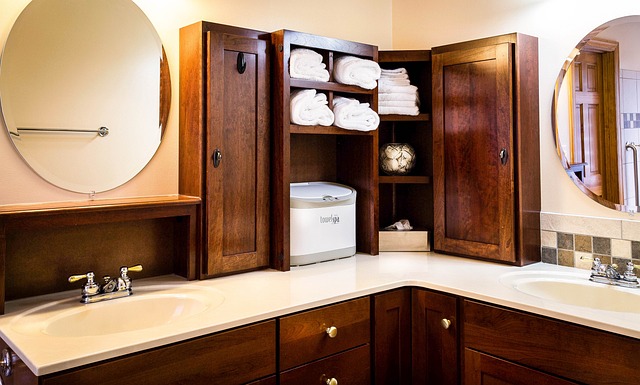Keeping Kids’ Toys Organized By Age And Interest
There are some affiliate links below, but they are all products I highly recommend. For more info, view my disclosure here.
Are you tired of constantly tripping over your children’s toys? Do you struggle to find the right toys for their age and interests? Look no further!
This article will provide you with practical tips and strategies to keep your kids’ toys organized.
Assess their age and interests, sort and categorize the toys, create age-appropriate toy zones, and rotate toys to maintain interest.
With the help of storage solutions and involving your kids in the process, you’ll have a clutter-free home in no time.
Assessing Your Kids’ Age and Interests
Assessing your kids’ age and interests is essential in organizing their toys effectively. By understanding their age group, you can select toys that are developmentally appropriate and safe for them to play with.
For younger children, consider toys that help them develop their fine motor skills, such as building blocks or shape sorters. As they grow older, you can introduce more complex toys that challenge their problem-solving and critical thinking abilities.
Additionally, taking into account their interests can make playtime more engaging and enjoyable for them. If your child loves animals, for example, you can create a designated area for their animal-themed toys and books. This way, they can easily access their favorite toys and have fun exploring their passion.
By organizing toys based on age and interests, you can create a space that is conducive to learning and play. It also helps in minimizing clutter and makes it easier for your child to find and put away their toys.
Taking the time to assess your kids’ age and interests will ultimately lead to a more organized and enjoyable playtime experience for everyone involved.
Sorting and Categorizing Toys
When sorting and categorizing toys, it’s important to consider age and interest. You want to make sure that the toys you provide are suitable for your child’s development stage and align with their preferences.
Start by separating the toys into different age groups. This will help you ensure that your child is playing with toys that are safe and appropriate for their age. For younger children, focus on toys that promote sensory development, such as soft toys and colorful rattles. Older children may enjoy toys that encourage problem-solving and creativity, like building blocks or art supplies.
Next, consider your child’s interests. Take some time to observe what types of toys they gravitate towards and what activities they enjoy. If your child is interested in animals, consider a set of animal figurines or a puzzle with animals. If they love cars, provide them with a variety of toy vehicles and a racetrack. By catering to their interests, you can keep them engaged and excited about their toys.
Once you have sorted and categorized the toys based on age and interest, it’s important to create a designated storage space for each category. Use labeled bins or shelves to keep everything organized and easily accessible.
Creating Age-Appropriate Toy Zones
To ensure that your child’s play area is suitable for their age, you can create separate zones for different stages of development. This way, you can provide them with toys and activities that are appropriate for their current skills and interests.
Start by designating specific areas or sections in the room for each age group. For example, you could have a baby zone with soft toys and sensory play items, a toddler zone with building blocks and puzzles, and a preschool zone with arts and crafts materials.
This will not only help in keeping the toys organized but also make it easier for your child to find and engage with the toys that are meant for their age. Additionally, having separate zones for different stages of development will also help your child to focus and concentrate on specific skills, which can enhance their learning and development.
Remember to regularly update the toys in each zone, as your child grows and their interests change. By creating age-appropriate toy zones, you are providing your child with an environment that promotes their growth and enjoyment.
Rotating Toys to Maintain Interest
One way you can ensure that your child remains engaged with their playthings is by regularly swapping them out with different options. Children can easily get bored with the same toys day after day, and their interest may start to wane. By rotating their toys, you can keep their excitement and curiosity alive.
Start by keeping a selection of toys organized and stored away. Every few weeks, swap out the toys your child is currently playing with for a new set. This way, when their playthings reappear, it will feel like they have new toys to explore. You can also consider rotating toys based on your child’s interests. If they are currently obsessed with cars, focus on rotating different car-related toys. This will keep their passion for cars ignited and prevent monotony.
Rotating toys not only keeps your child engaged but also helps to declutter your play areas. By having a limited number of toys out at a time, you can create a more organized and visually appealing play space. Additionally, when you rotate toys, you can take the opportunity to clean and sanitize the ones that have been put away.
Utilizing Storage Solutions
If you want to declutter your play areas and create a visually appealing space, you can utilize storage solutions. By using storage bins, shelves, and baskets, you can effectively organize your kids’ toys by age and interest.
Start by sorting the toys into different categories based on their purpose or theme. For example, you can have a bin for building blocks, another for stuffed animals, and a shelf for board games. Label each storage container so that it’s easy to find and put away toys.
Make sure to keep the most frequently used toys within reach, while storing the less used ones on higher shelves or in the back of the closet. Utilize vertical space by installing wall-mounted shelves or hanging organizers. This will help maximize the storage capacity and keep the floor clear for play.
Additionally, consider using clear storage containers or transparent bins so that your kids can easily see what’s inside without having to open them all. By implementing these storage solutions, you can create a more organized and visually appealing play area for your kids.
Involving Kids in the Organization Process
Involve your children in the organization process by allowing them to choose labels for each storage container. This simple task can empower them and make them feel more invested in keeping their toys organized. You can have a fun labeling session with your kids, where you provide them with stickers or markers to decorate and write the labels. Let them decide what categories they want to use for their toys, whether it’s by age, interest, or even color. By giving them the freedom to choose, you are encouraging their creativity and decision-making skills.
Not only does involving your kids in the labeling process make them feel included, but it also makes it easier for them to locate and put away their toys. When they can easily identify which container holds their favorite dolls or building blocks, it becomes a more enjoyable and efficient task. Additionally, it teaches them the importance of organization and helps foster a sense of responsibility.
Remember to keep the labels clear and easy to read, especially for younger children. You can use pictures or symbols alongside the written labels to make it more visual and accessible. By involving your children in the organization process, you are not only teaching them important life skills but also creating a sense of ownership and pride in maintaining a tidy space.






